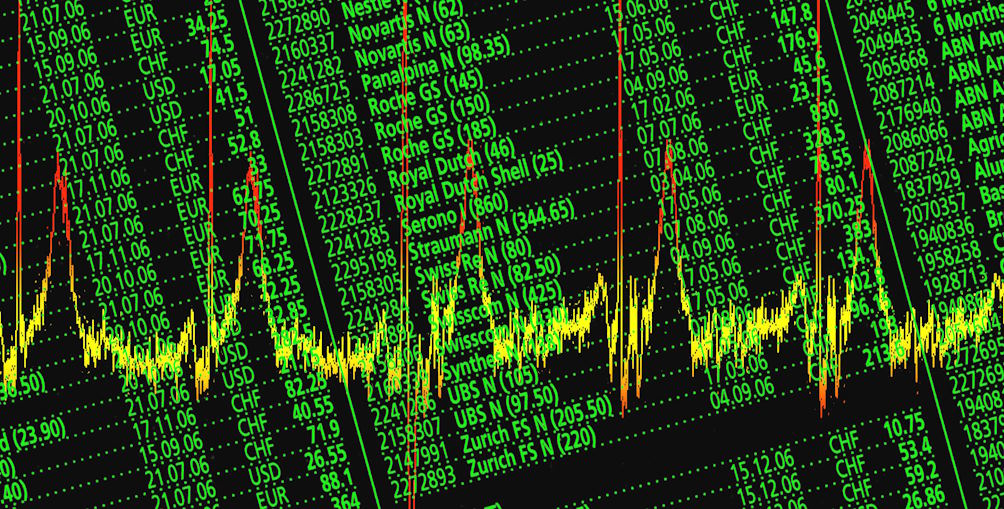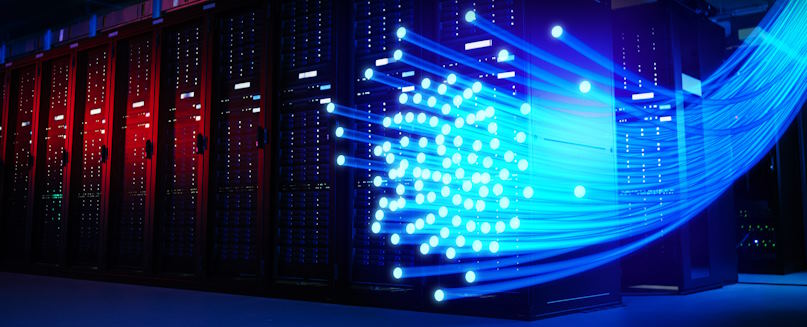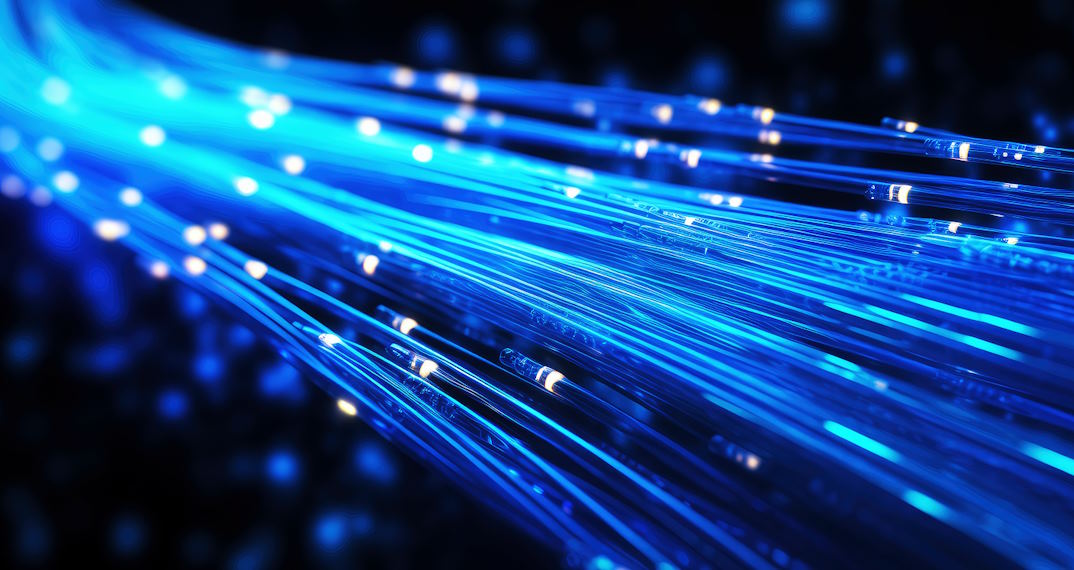High-frequency trading is a popular trading method and uses very powerful computer programs to transact the maximum orders within a fraction of a second. A good combination of high-frequency trading and trading large volumes of securities is vital to let traders get profits from even small price fluctuations. Many trading institutions use this approach and gain notable returns on bid-ask spreads.
High-frequency trading uses different resources and technologies for leveraging optical communication for lightning-fast transactions at this time. You can explore the most important aspects of optical communication in high-frequency trading and make a well-informed decision to trade.

The role of optical fiber in the high-frequency trading
The optical fiber is a good contributor to latency in the optical communication network of a long-distance type. The total length of the optical fiber represents the overall distance traveled by the signals from one point of communication to another. In a standard single-mode fiber, the light travels at a speed of 204.190km/s instead of 299.792km/s in free space. The ratio of these two things is the group refractive index of the fiber. The value of this part is 1.4682. The latency values are very important for almost every communication-related application, especially high-frequency trading. Qualified optical network engineers perform careful calculations and acquire the least latency fiber available to reduce the latency of the link or network.
There are so many advantages of optical fiber networks in high-frequency trading as expected by smart and qualified traders worldwide. Fiber optic amplifiers improve the overall strength of the optical signals sent using the fiber optic cables. In high-frequency trading, they reduce the latency, increase the overall efficiency of trading, and improve connectivity. Speed is an important requirement for very successful high-frequency trading as a slight delay also can result in missed trading chances.

Make an informed decision to trade
Would you like to know about real optical communication’s impact on high-frequency trading algorithms in detail? Many algorithms are used in high-frequency trading. However, some of the most popular algorithms are market-making, arbitrage, and statistical arbitrage. Optical communication involves quick and safe data transmission as required by high-frequency traders. High-frequency trading algorithms such as the front-running depends on geographical and technological advantages and are used to place a stock up for sale in a notable quantity at a particular price at an exchange in which orders usually arrive first.


